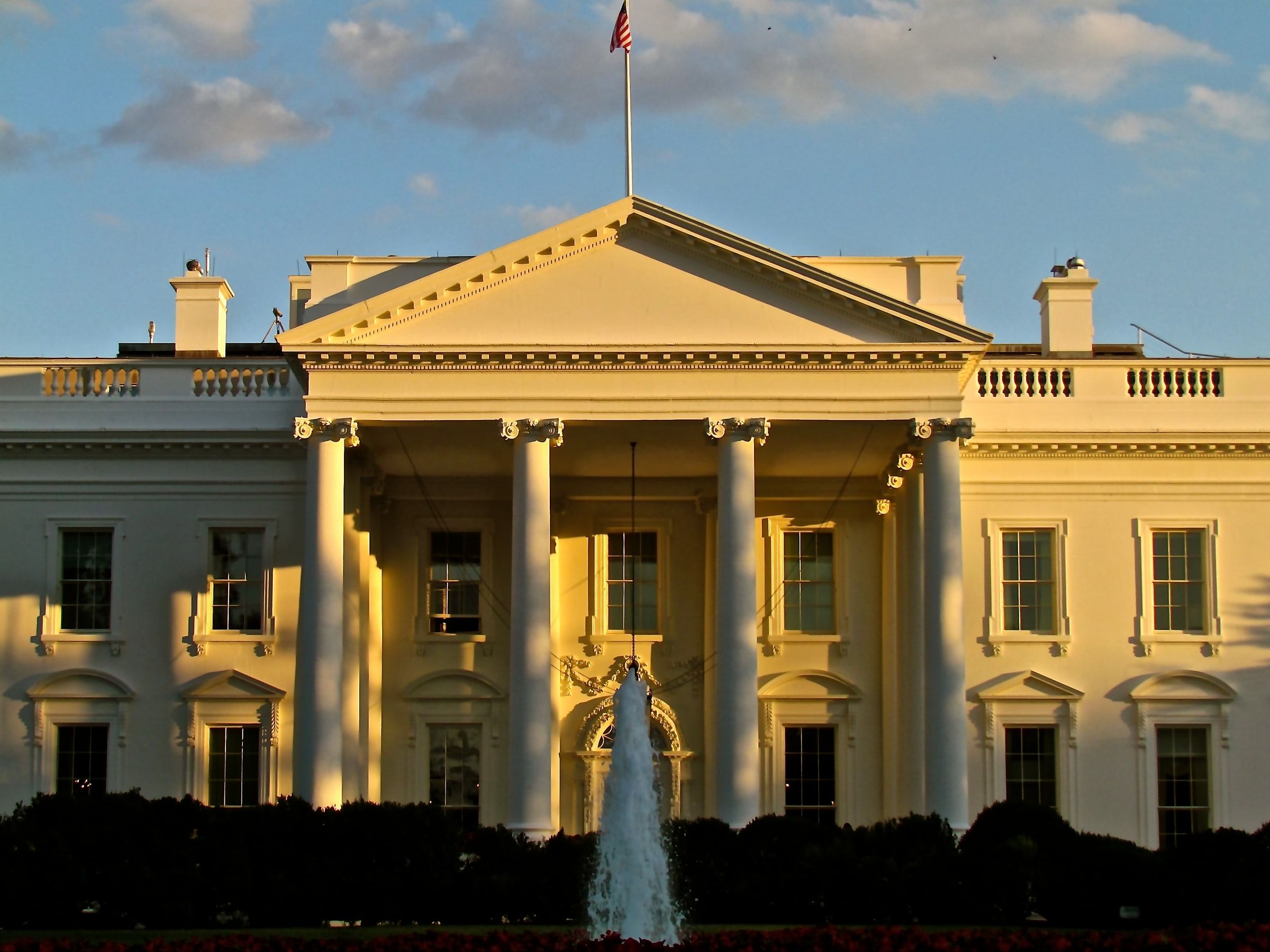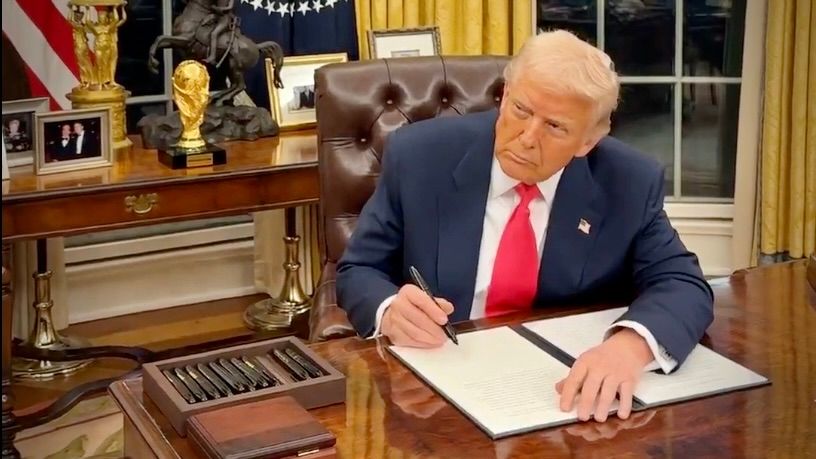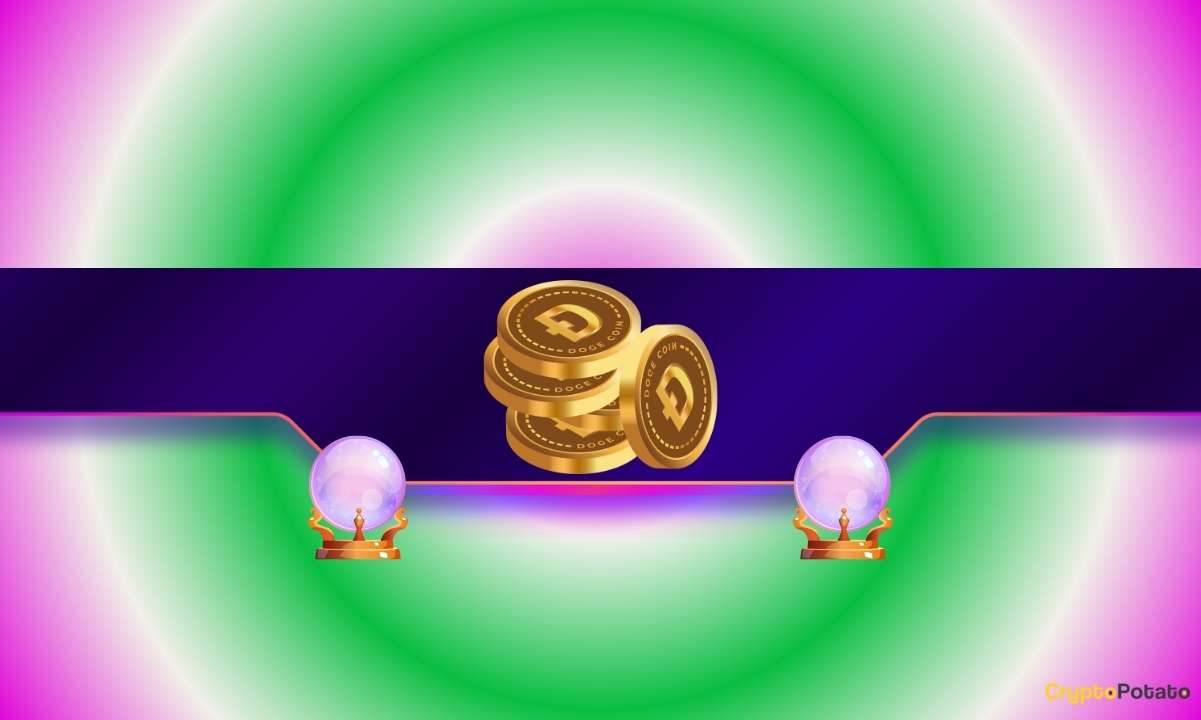The Rise of a New Market: Speculating on Blockspace Costs
The Birth of a New Market
The runaway success of Base, the Coinbase-owned Ethereum overlay blockchain designed for faster, cheaper transactions, has prompted the creation of a market linked to the fluctuating cost of the total gas needed to power the network, allowing speculators to bet on recurring utility spikes on the layer 2 system.
A Market Linked to Blockspace Costs
Taking a cue from the way traders speculate and hedge in traditional energy markets, Alkimiya, a startup backed by Coinbase Ventures as well as firms like Dragonfly and Castle Island Ventures, enables users to go long or short on the cost of transactions being included in blocks, or “blockspace” – a representation of the storage and computational capacity of a blockchain.
Paying for Blockspace
“Paying for blockspace is like paying for other energy sources, such as cars paying for petrol or aeroplanes paying for jet fuel,” said Alkimiya founder Leo Zhang in an interview. “Traditional energy markets have developed that allow airlines to hedge against their jet fuel price, for example, and we think there should be a better price discovery mechanism for how people price and use this core energy resource, which is blockspace.”
Launching in August 2023
Launched in August 2023, Base has outperformed its layer 2 rivals, generating over $14 million in the last month. Increased activity on Base means the cumulative gas paid to the network can fluctuate dramatically, from as low as 10 ETH to as high as 200 ETH in a single day.
Blockspace Speculation
Unlike many other blockchains, Base does not have a token and has no plans to issue one. Alkimiya’s smart contracts allow users to bet on how the cost of Base blockspace might fluctuate thanks to the introduction of AI agents, for instance, or on-chain events like the arrival of a particular memecoin, NFT or airdrop.
Decentralized Finance Architecture
Under the hood, Alkimiya uses a very common decentralized finance (DeFi) architecture where an oracle tracks the gas being consumed by users on Base, and a system of smart contracts facilitate the accounting and logic, Zhang explained.
Purchasing Smart Contracts
A user can purchase this contract that tracks the total amount of gas paid to the Base roll up itself,” Zhang said. “And the reason this is doable is because it’s entirely transparent. There’s no centralized exchange where everything is in a black box.”
Conclusion
The emergence of a market linked to the fluctuating cost of blockspace on Base highlights the growing complexity of the cryptocurrency ecosystem. As the demand for faster and cheaper transactions continues to rise, innovative solutions like Alkimiya will play a crucial role in facilitating price discovery and speculation.
FAQs
Q: What is blockspace?
A: Blockspace refers to the storage and computational capacity of a blockchain.
Q: How does Alkimiya work?
A: Alkimiya uses a decentralized finance (DeFi) architecture where an oracle tracks the gas being consumed by users on Base, and a system of smart contracts facilitate the accounting and logic.
Q: Can users purchase smart contracts on Alkimiya?
A: Yes, users can purchase smart contracts that track the total amount of gas paid to the Base roll up itself, allowing them to bet on the fluctuating cost of blockspace.
Q: Is the blockspace market linked to other energy markets?
A: Yes, the blockspace market is linked to other energy markets, such as the traditional energy markets where airlines and car manufacturers hedge against their energy costs.
Q: Why does Base not have a token?
A: Base does not have a token and has no plans to issue one, which allows users to focus on speculating on blockspace costs rather than token price fluctuations.










